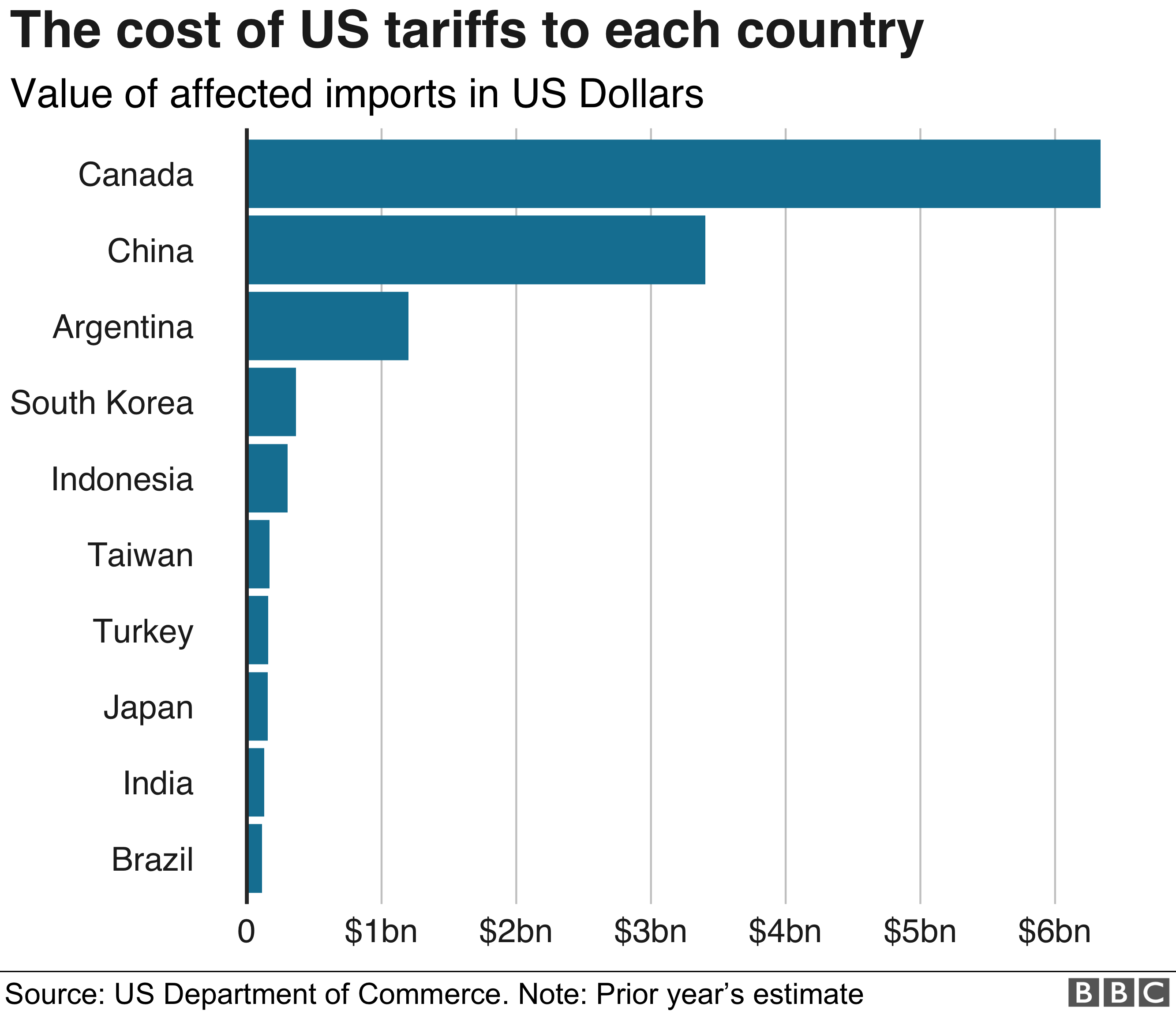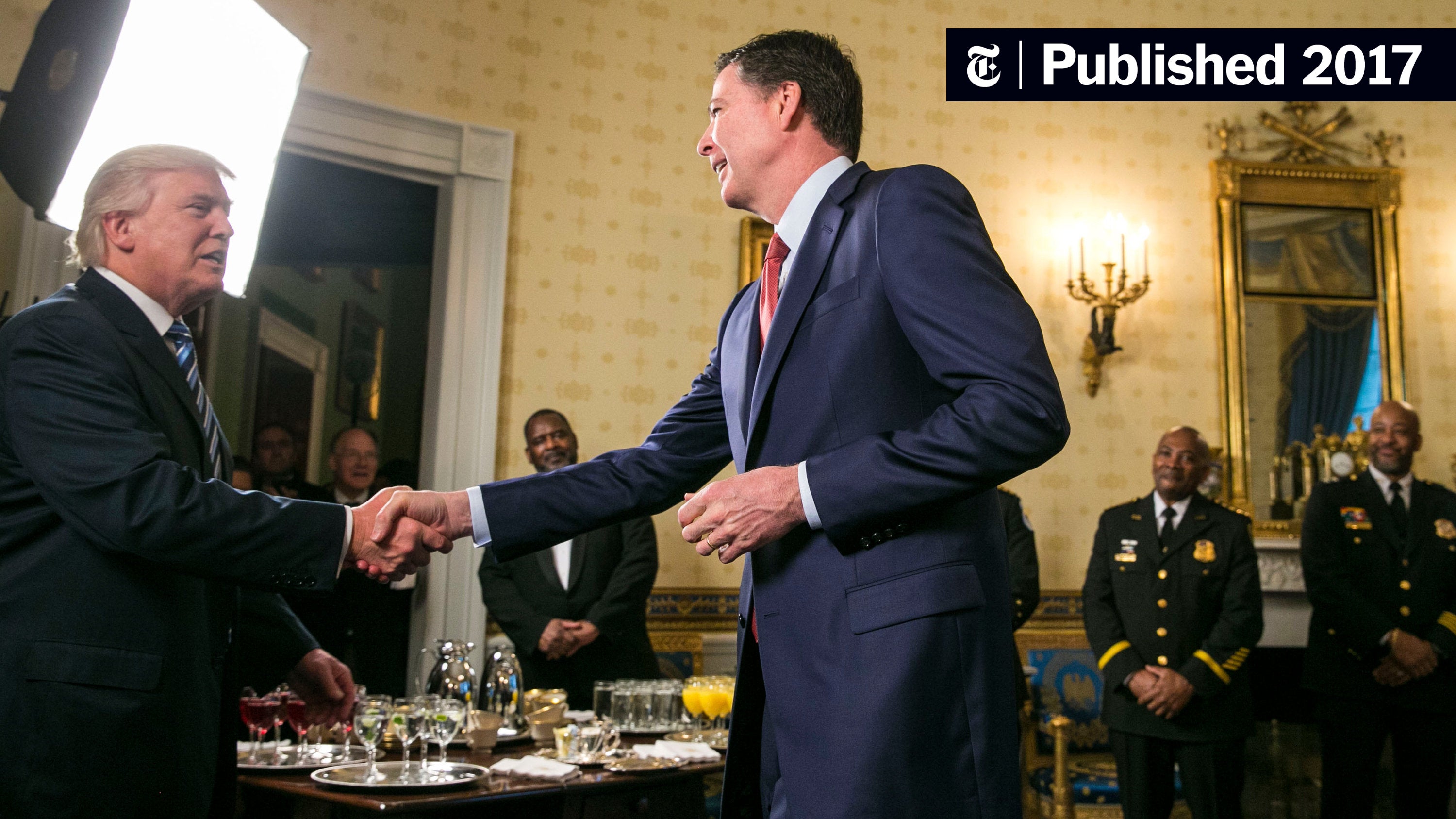Trump-Era Tariffs: Assessing Their Effect On US Manufacturing

Table of Contents
Intended Goals of the Trump-Era Tariffs
The Trump administration's tariff strategy had two primary stated goals: protecting domestic industries and gaining leverage in international trade negotiations.
Protecting Domestic Industries
A central argument for the tariffs was the need to protect American industries, particularly steel and aluminum, from what the administration deemed unfair foreign competition. The belief was that tariffs would increase domestic production, create jobs, and reduce reliance on foreign suppliers.
- Increased domestic production of steel and aluminum: The administration hoped tariffs would make imported steel and aluminum less competitive, boosting demand for domestically produced goods.
- Job creation in the steel and aluminum sectors: Increased domestic production was projected to lead to new jobs in these industries, a key campaign promise.
- Reduced reliance on foreign suppliers: The goal was to strengthen the US's manufacturing base and lessen its dependence on foreign sources for crucial materials. This was particularly aimed at China.
Reciprocity and Negotiating Leverage
The Trump administration also employed tariffs strategically as leverage in trade negotiations, particularly with China. The strategy was to impose tariffs to force other countries into more favorable trade agreements.
- Improved trade deals with other nations: The administration believed tariffs would pressure trading partners into renegotiating existing trade deals to be more beneficial to the US.
- Reduction of trade deficits: Tariffs were seen as a tool to reduce the US trade deficit by making imports more expensive and potentially increasing exports.
- Increased access to foreign markets for US goods: By using tariffs as leverage, the administration hoped to gain better access to foreign markets for American products.
Actual Economic Impacts of the Tariffs
While the intended goals were clear, the actual economic impacts of the Trump-era tariffs were far more complex and debated.
Impact on Manufacturing Output
The effect of the tariffs on US manufacturing output was mixed. While some sectors, like steel, experienced a short-term boost in production, others faced significant challenges due to increased input costs and disruptions to supply chains.
- Changes in production levels for specific industries (steel, aluminum, etc.): While steel and aluminum production might have seen a temporary increase, other manufacturing sectors reliant on imported materials experienced declines.
- Analysis of GDP growth related to manufacturing: The overall impact on GDP growth related to manufacturing was less pronounced than initially predicted, with some studies suggesting a negative net effect.
- Impact on small and medium-sized manufacturing businesses: Smaller businesses often lacked the resources to adapt to the changing trade landscape, leading to hardships and even closures.
Effects on Manufacturing Jobs
The impact of the tariffs on manufacturing jobs was also less straightforward than initially claimed. While some jobs were created in targeted sectors, others were lost in industries affected by increased input costs or disrupted supply chains.
- Job growth/loss in targeted industries: While some jobs were created in the steel and aluminum industries, these gains were often offset by job losses in other sectors.
- Impacts on wages and employment across the manufacturing sector: The overall effect on wages and employment across the entire manufacturing sector was likely minimal or even negative in the long run.
- Analysis of job displacement versus job creation: Many economists argue that job displacement due to higher input costs and reduced consumer spending outweighed any job creation from increased domestic production.
Inflation and Increased Costs for Consumers
The tariffs led to a measurable increase in prices for many goods, contributing to inflation and reducing consumer purchasing power.
- Increased prices of imported goods: Tariffs directly increased the cost of imported goods, leading to higher prices for consumers.
- Inflationary pressures on the US economy: The increased costs of imported goods fed into overall inflation, impacting the entire US economy.
- The effect on consumer spending: Higher prices reduced consumer spending, potentially hindering overall economic growth.
Disruptions to Supply Chains
The Trump-era tariffs significantly disrupted global supply chains, causing challenges for many US businesses.
- Increased costs for businesses: Businesses faced increased costs due to tariffs on imported materials and components.
- Changes in sourcing strategies: Many businesses had to adapt their sourcing strategies, searching for alternative suppliers outside of the targeted countries.
- Impacts on global trade relationships: The tariffs strained relationships with key trading partners, impacting overall global trade.
Conclusion
The Trump-era tariffs had a far more complex impact on US manufacturing than initially anticipated. While some sectors experienced short-term gains, the overall economic effects were mixed, with potential negative consequences outweighing the intended benefits for many. The increased costs, inflation, and disruption to supply chains created long-term economic uncertainty. Further research and analysis of the long-term consequences of Trump-era tariffs on US manufacturing are crucial for informed policy decisions going forward. Understanding the full impact of these policies is essential to developing effective strategies for future trade negotiations and ensuring the competitiveness of US manufacturing in the global market. Continue exploring the effects of these trade policies to better understand the intricacies of Trump-era tariffs and their legacy on US manufacturing.

Featured Posts
-
 Alina Voskresenskaya Iz Magnitogorska Debyut V Seriale Univer Molodye Na Tnt
May 06, 2025
Alina Voskresenskaya Iz Magnitogorska Debyut V Seriale Univer Molodye Na Tnt
May 06, 2025 -
 Patrick Schwarzenegger Reveals Why He Didnt Get The Superman Role
May 06, 2025
Patrick Schwarzenegger Reveals Why He Didnt Get The Superman Role
May 06, 2025 -
 Patrick Schwarzeneggers Superman Audition What Went Wrong
May 06, 2025
Patrick Schwarzeneggers Superman Audition What Went Wrong
May 06, 2025 -
 Nba Playoffs Knicks Vs Celtics Prediction Picks And Best Bets For Game 1
May 06, 2025
Nba Playoffs Knicks Vs Celtics Prediction Picks And Best Bets For Game 1
May 06, 2025 -
 Cusmas Fate Hangs In The Balance As Carney Meets Trump
May 06, 2025
Cusmas Fate Hangs In The Balance As Carney Meets Trump
May 06, 2025
Latest Posts
-
 Tnt To Nbc Reggie Millers Transition And The Future Of Nba Coverage
May 06, 2025
Tnt To Nbc Reggie Millers Transition And The Future Of Nba Coverage
May 06, 2025 -
 Nba Broadcast Shakeup Reggie Millers Move To Nbc
May 06, 2025
Nba Broadcast Shakeup Reggie Millers Move To Nbc
May 06, 2025 -
 New The Librarians Sequel Series Tnt Releases Trailer Poster And Premiere Date
May 06, 2025
New The Librarians Sequel Series Tnt Releases Trailer Poster And Premiere Date
May 06, 2025 -
 The Librarians The Next Chapter New Trailer Poster And Premiere Date Announced By Tnt
May 06, 2025
The Librarians The Next Chapter New Trailer Poster And Premiere Date Announced By Tnt
May 06, 2025 -
 Tnts The Librarians The Next Chapter Premiere Date Trailer And Poster Revealed
May 06, 2025
Tnts The Librarians The Next Chapter Premiere Date Trailer And Poster Revealed
May 06, 2025
